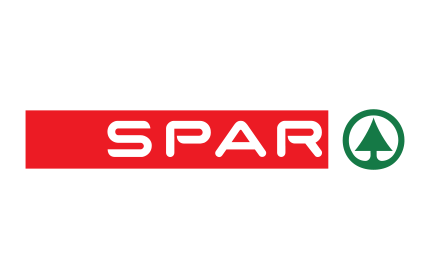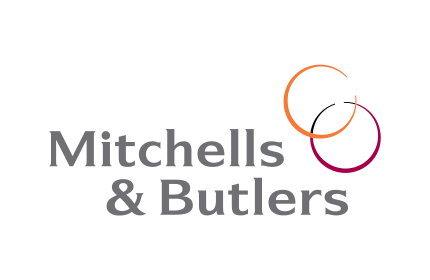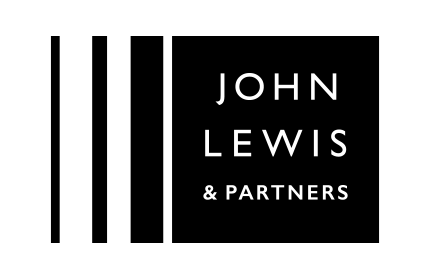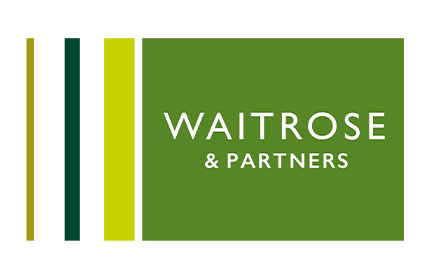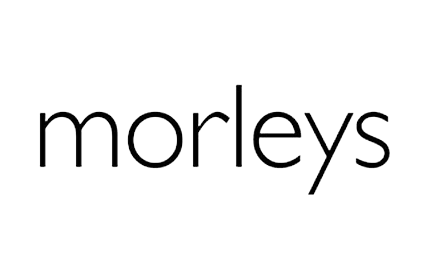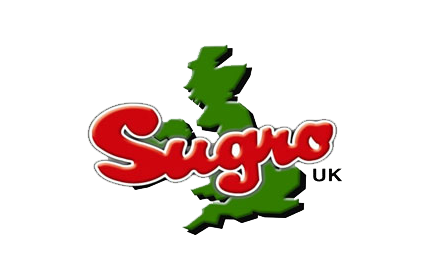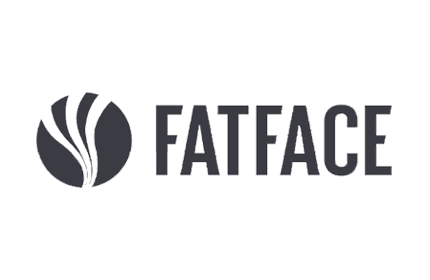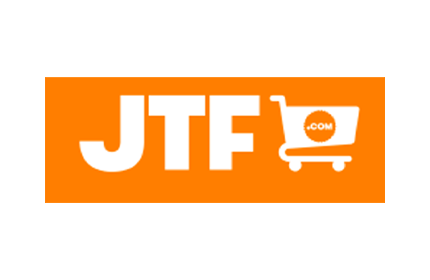Huge explosion in producer responsibility legislation
The rising concern of sustainability in the packaging industry is nothing new; the use of alternatives has become a hot topic within the industry. Though many manufacturers are tackling sustainability through formulation of their products, others are looking at packaging.
Below Ecoveritas share the current trends on sustainable packaging legislation and its future for North America and the European Union (EU).
In North America
Regarding North American packaging legislation, sustainability is important for those in the packaging industry, especially relating to plastic.
Plastics have and continue to take a huge reputational hit due to the realities of environmental pollution and because of this, brands are under a lot of pressure to make their packaging more sustainable. Since plastic is a very efficient material, sustainable plastic materials are a big focus and there’s a huge demand for postconsumer recycled plastic.
Though there is a huge demand for more sustainable plastic packaging, the recycling rates of these plastics pose a large problem, which states throughout the nation are just beginning to address.
The recycling rates for many plastics are pretty stagnant and they have been for a long time. So, next are potential public policy solutions, which we’re seeing a lot of now after not seeing it for many years.
When it comes to packaging EPR in North America, legislation tends to be regionally focused rather than nationally captured.
Canada
In Canada, several provinces have varying degrees of producer responsibility for packaging, with other provinces announcing the establishment of their own plans and a federal bill under discussion.
Five Canadian provinces have existing packaging EPR with varying levels of producer responsibility. In British Columbia and Québec, programs operate with 100% producer funding. Other provinces with EPR programs not operating with full producer responsibility, including Manitoba, Saskatchewan and Ontario, have announced in recent months either plans or passed legislation to move to funding models similar to those found in BC and Québec.
In several provinces without existing programs, including in Alberta, New Brunswick and Nova Scotia, governments are either pushing for packaging EPR, consulting on funding mechanisms or introducing draft regulations at this time, indicating that more schemes are to come online in Canada in upcoming years.
- The Quebec government have announced that they intend to change their current DRS system to include all ready-to-drink containers for 0.1 to 2L, including wines and spirits (the deposit will be 0.25 CAD for wine and spirits). The government announcement says that ‘companies that market beverage containers will have financial, operational, and communication responsibility for the new system through an organization…which will act on its behalf’.
- Ontario EPR Reform (coming into force in 2025): In a 2019 report, the Ontario government announced that they intend to shift the full cost of the recovery and recycling of residential packaging and paper waste onto producers by 2025. This will be within the same system that currently exists, but producers will be paying more.
- Alberta EPR Consultation (proposed): The Alberta government recently (in 2021) gathered public opinion on the possibility of implementing EPR for plastics, packaging, paper, and household hazardous waste within the state. Public feedback is currently being processed and further policy details may come in the near future.
- C. EPR Reform (proposed): In 2020, the British Columbian government held a consultation on, amongst other proposals, expanding the packaging and paper EPR program to include packaging and paper waste from non-residential sources.
- New Brunswick EPR Development (proposed): In 2019, the New Brunswick government announced their intention to develop an EPR program for packaging and printed paper. However, there are not currently many available details about what this scheme will look like or when it will be implemented.
On a federal level, the recent Single-use Plastics Prohibition Regulations (coming into force in December 2022): prohibit the manufacture, import, and sale of six categories of single-use plastics: checkout bags, cutlery, foodservice ware made from or containing problematic plastics, ring carriers, stir sticks, and straws. The ban is on the manufacture and importing of these items from Dec 2022, and selling them from Dec 2023. The six-pack rings used to package beverage cans and bottles together will be added to the ban for manufacturing and import in June 2023, and their sale banned in June 2024.
Federally, the Canadian Government consulted on a ‘Proposed Integrated Management Approach to Plastic Products to Prevent Waste and Pollution’ document in late 2020. Part of the consultation includes the enactment of EPR for handling the end-of-life costs for products and packaging. This would establish consistent rules across all jurisdictions and extend to all major sectors of the Canadian plastics industry. While this federal program may begin its focus solely on plastic packaging, the document indicates that a potential move to more harmonized packaging EPR in Canada is a possibility in the near future.
United States
On a national level, the Break Free From Plastics Pollution Act of 2021, which was re-introduced in March, would enact a nationwide packaging EPR program as soon as February 2023. This bill is not expected to pass through this legislative session, though it indicates federal interest in such a program, which could be enacted in future years.
EPR is by far the most popular and widespread in the United States and is currently in place in Oregon and Maine, and California (SB-54 Solid waste: reporting, packaging, and plastic food service ware (passed in June 2022), Hawaii (Plastic Bag Ban, since July 2015), Maryland (Plastic Bag Ban, July 2022), Massachusetts (Plastic Bag Ban, since October 2020), New Jersey (Plastic Bag Ban, since May 2022), New York (Plastic Bag Ban, since March 2020), North Carolina (Plastic Bag Ban and Fee, since June 2019), Oregon (Single—Use Bag Ban, since 2020), Vermont (Plastic Bag Ban, since July 2020), Washington (Plastic Bag Ban, since October 2021). These regulations apply to certain cities and counties in the above states. Currently, these EPR legislations have a producer responsibility side and an eco-modulation side.
Producer responsibility organisations (PROs) in Oregon will be both operationally and financially responsible for the collection and recycling of a specific list of materials. The PRO will set the fees and the members will pay the fees on covered products sold in the state. The eco modulation part gives consideration to the post-consumer content, product package ratio, material choice, lifecycle impact and recycling rate of the plastic materials.
However, in Maine the EPR works a bit differently compared to Oregon, mimicking Canada’s old EPR legislation.
They have a different approach to EPR in Maine, where there will be only one product stewardship organization (PSO), under contract with the state to operate that stewardship program, and all producers are required to join that PSO, which will be responsible for the financial costs of the program. The PSO will pass the money from packaging producers to the local governments to reimburse them for the costs of managing recycling systems.
Looking at recycled content mandates throughout the United States, specifically in Washington, New Jersey and New York; in Washington, the mandate includes plastics, even trash bags, and householding cleaning and personal product packaging.
The interesting thing about the Washington law, though, is that these requirements are not regulatory, they’re not to be decided later – they are written into the legislation. There are already immediate penalties for not complying because it’s law, therefore once it’s signed into law, it’s difficult to influence what happens.
New Jersey and New York, however, are treating their recycled content mandates a bit differently. The New Jersey and New York recycle content requirements… do include plastic film reusable bags and plastic trash bags as targets for incorporating recycled content. New York is doing a bit of a hybrid extended producer responsibility law, which will include minimum content levels for plastic packaging.
As you go into greater detail in relation to state-specific laws, it would be crucial to mention the recent California bill (widely touted as the country’s most ambitious and toughest restrictions on single-use plastics and packaging), SB-54 Solid waste: reporting, packaging, and plastic food service ware (passed in June 2022):
California’s new law has four main prongs:
- Reduction. The law requires a 25 percent reduction of plastics in single-use products, including single-use plastic bags, in California by 2032. The reduction can be achieved by shrinking the size of packaging or using refillable containers or packaging made from other materials, such as recyclable paper or aluminum. The reductions are projected to eliminate approximately 23 million tons of single-use plastics over the next decade.
- Recycling. The law also requires 30 percent of plastic to be recycled by 2028, increasing to 65 percent by 2032. If producers are unable to meet the required recycling rates, plastic will be banned entirely.
- Donation. The law further requires the plastics industry to create a $5 billion fund over the next decade to help low-income communities impacted by the effects of plastic pollution.
- EPR. Finally, the law transfers the cost of recycling from taxpayers to the plastics industry. This policy, called Extended Producer Responsibility (EPR), is already successfully in effect in Oregon, Maine, Colorado, Canada, and the European Union.
The problem with creating packaging sustainability in the United States is dealing with at least 50 different sustainable packaging laws. If each state created its own legislation and requirements for plastic or packaging recycling, there would be an extremely large problem for the supply chain.
If every state passed a recycled content law that was like Washington’s, or New York’s, or anybody’s for that matter, it would cause a really interesting supply problem. It’s not going to be easy.
Even if the United States finalises packaging sustainability and recycling legislation, determining all the financials and how the materials will be collected, more questions will arise. Where will all the plastics go? How will the government ensure and achieve full participation?
Recycled plastic created in the system has to go somewhere and putting it back into new plastic packaging products is a whole topic we could talk about for hours. There are food contact regulations, there are quality issues and there’s volume issues that can prevent all the collected plastic from being upcycled into something else. This collection and supply side must be addressed if we’re ever going to get near to meeting these goals. We have to figure out ways to collect more plastics.
Increasing supply of recycled materials is complicated and not only a technological problem. Somewhere in between the refrigerator in the curb, you’ve got a human being that has to understand and be motivated to participate. And then you have to think about all of the venues, events, commercial establishments, and restaurants etc which use plastic materials. This stuff is everywhere; it’s not just in your typical single-family household. So, we all need to put our heads together and figure that out, too.
In the European Union
Reviewing packaging legislation throughout the EU, shows the wide variety of legislation and policies, posing a challenge to manufacturers trying to export their products. Among the variety of legislation, there is also the rapid pace at which countries in the EU, and even in other parts of the globe, have developed such legislation, especially EPR policies.
In the last 20 years, we’ve seen a huge explosion in producer responsibility legislation for packaging around the world, and that now comes in many different formats. We can see many different types of producer responsibility legislation emerging, be it mandatory producer responsibility or voluntary, maybe looking at the limited set of products, maybe just bringing in framework legislation.
As we look ahead to 2025 and beyond, the explosion of producer responsibility legislation is probably not going to let up. We see a lot of the policies that have been put forward here are now replicating themselves around the world in many ways. That explosion of EPR legislation that we see now has gone way beyond just the core countries in the EU that started in the 2000s, and now reaches out far into Russia and also other countries as well with Ukraine, etc also having legislation. Throughout the EU, the big themes surrounding much of the packaging legislation, including eco-modulation, heavy regulations on single-use plastics, requirements of post-consumer recycled content (PCR),, labelling, recyclability package design and plastic taxes. But the most significant theme severely affecting producers is eco-modulation and its prices.
At the most basic level, eco-modulation is the concept of penalising the use of materials that are less environmentally friendly, and rewarding the use of those which are better – for example, through charging a higher rate of tax for products that are harder to recycle, or offering fee reductions for materials which can be easily recycled.
For many years, the price of producer responsibility was always simply a weight-based fee. However, much plastic, paper or glass you placed into the market, you would just pay a price per ton, or a price per kilo, acquired. The only way to reduce that would have been to try to lightweight your packaging, which would have lowered greenhouse gas impacts. But really, there wasn’t a lot you could do, or there wasn’t a lot to incentivise you to make significant change.
However, over the last few years, there is a policy coming in across all European countries, which looks at trying to understand how much it costs to recover and to recycle that packaging at the end of life. Which means that they would not just look at material, but they would also be looking at things like rigid or flexible format, is it a multi or singular piece of packaging, and other criteria as well.
EU legislation is also beginning to apply penalties and incentives to eco-modulation.
We’re also seeing a third level of modulation come in, which is really where we can see some discounts or penalties applied in addition to a baseline cost, which can be sometimes based on labelling or something that could make the packaging disruptive, if it’s contaminated, or if it contains recycled content. Ten to twelve years ago we had a single plastics fee in France. Over time, that moved to become a more flexible structure with seven different categories of plastics, and each of those have a different fee.
Two examples of eco-modulation being implemented in packaging include:
- The Portuguese scheme Sociedade Pontoverde (SPV), which introduced penalty fees in 2019 for three types of packaging that ’disrupts the recycling process’: PET bottles with a metal cap; glass bottles with non-removable stoppers; and PET bottles with PVC labels. Fees for all the materials contained in this type of packaging is subject to an increased fee, with the aim of encouraging producers to move to more easily recycled product designs.
- The Italian scheme CONAI, which has four bands for plastic packaging: packaging with an effective recycling process (industrial); packaging with an effective recycling process (household); packaging with a developing recycling process (industrial); and packaging with a developing recycling process (household). Fees are then set for materials contained in the different bands, with lower fees for those which can be easily recycled.
We can expect to see more countries starting to introduce eco-modulated fees over the coming years. The concept is also not limited to packaging and EPR: for example, Sweden has introduced a rebate scheme for environmentally friendly car purchases (and an increased tax surcharge for diesel vehicles).
Throughout the EU there is a renewed focus on package labelling and design, both of which consider consumer recyclability. What we see being phased in is a lot of labelling to do with the sortation of packaging, including information for consumers on how to manage the packaging at the at the end of life. So, really trying to bring consumers into this picture of packaging responsibility as well.
Outside of the EU and its trends, keeping tabs on package legislation in Asian countries is also paramount. We should not overlook countries like China and India. Those countries have been talking now for a number of years about putting in EPR legislation.
A ban on single-use plastics announced by the Indian central government took effect in July 2022. In addition, plastic packaging waste must be collected and managed in an environmentally sustainable way through the Extended Producer Responsibility of the Producer, Importer, and Brand owner (PIBO).
On August 10, 2021, the Chinese State Administration for Market Regulation (SAMR) launched a set of new provisions restricting excessive packaging of food and cosmetics in China under the supervision of the Ministry of Industry and Information Technology. The new packaging regulation in China replaces the previous provisions defined in 2009 and is to be enforced by September 1, 2023. This buffer time for implementation is essential as cosmetic products have long shelf lives and hence, sellers need sufficient time to adapt their product inventory accordingly. The law applies exclusively to food and cosmetic product with the purpose of sale.
In China, relevant laws and regulations shall be formed by 2025. By this time, the waste recycling rate in China should reach 50 percent on average according to China’s extended producer responsibility (EPR) plan – issued by The State Council in order to better protect resources and the environment. The plan will first be introduced for electronics, automobiles, lead acid batteries and packing products.
Whatever your company is currently paying for their producer responsibility fees in Europe could easily be dwarfed by maybe a Chinese or Indian market.
Though we can see potential conflictions for companies struggling with the variety of EU and global legislation, Ecoveritas hopes that legislation will begin to harmonise and further appeal to consumer responsibility, allowing producers to share some of the sustainability load.
Everyone understands that it’s not going to simply be a silver bullet with producer responsibility to increase recycling. Lots of other things have to be in place. If the consumers aren’t engaged through labelling, then the collection won’t be done, if the modulated fees aren’t there, then designs won’t change.
With packaging EPR regulations comes packaging EPR compliance and reporting, which can become rather difficult when so many schemes in one country operate so differently from each other. Ecoveritas offers a comprehensive service, using our in-house, cloud-based software, which relieves the reporting burden for companies that have EPR obligations. We maintain detailed records of the reporting requirements of compliance schemes around the world and work with businesses to ensure that all EPR reports are submitted correctly and on time. Ecoveritas offers all its clients complete transparent, traceability and accountability.
If you are interested in knowing more about our software and reporting services, please contact the team today.

